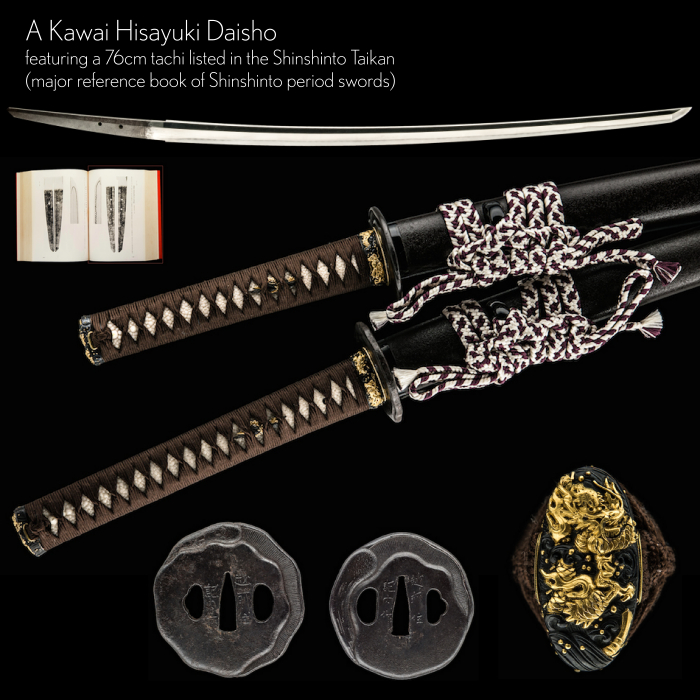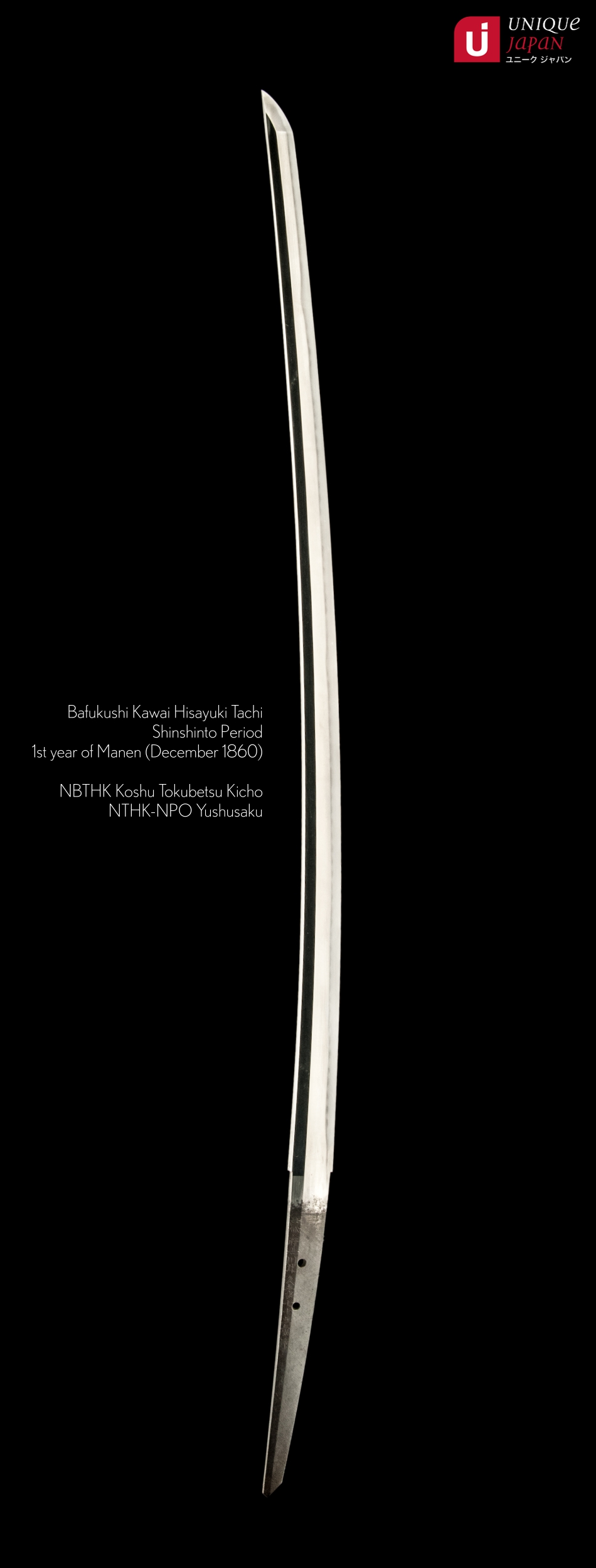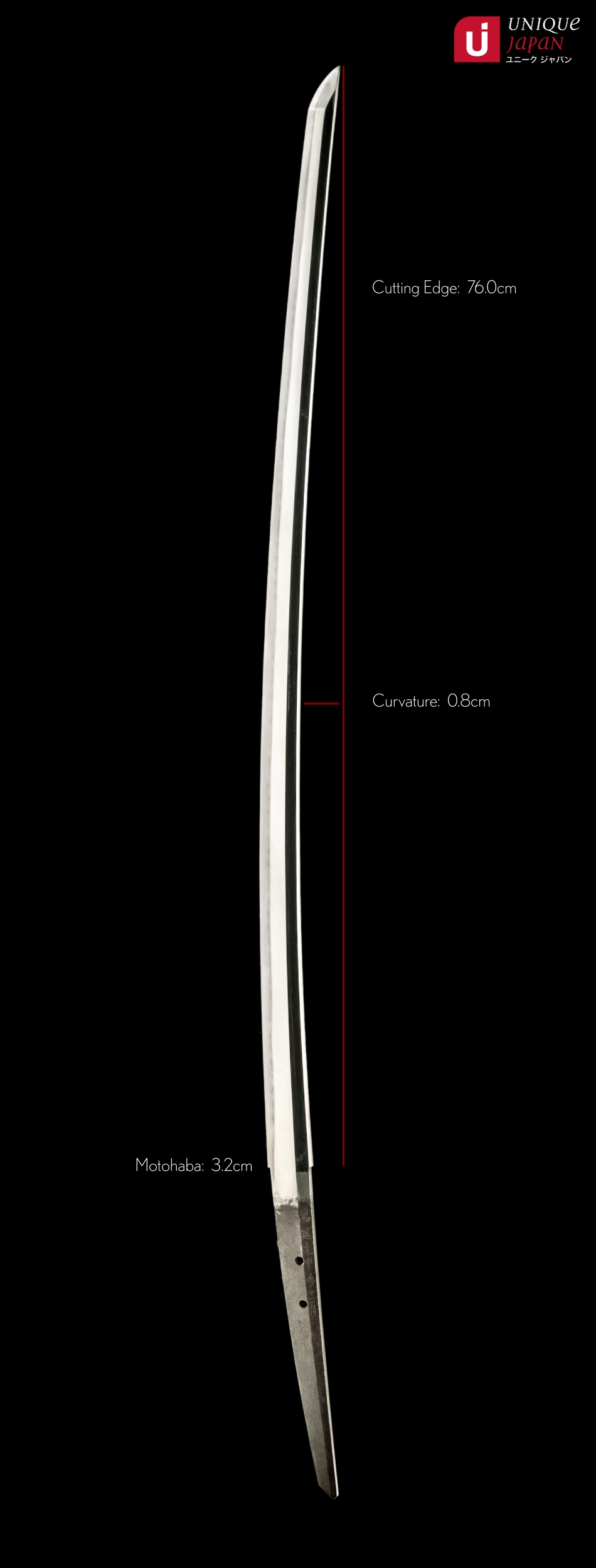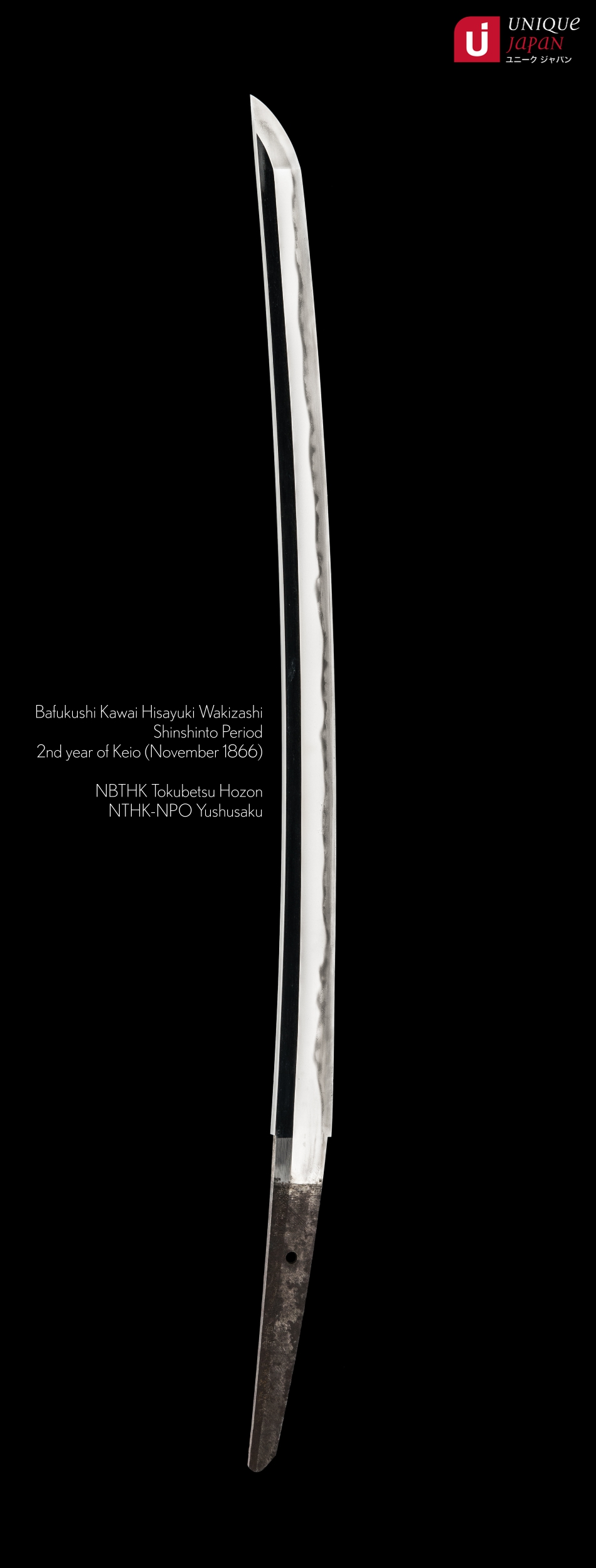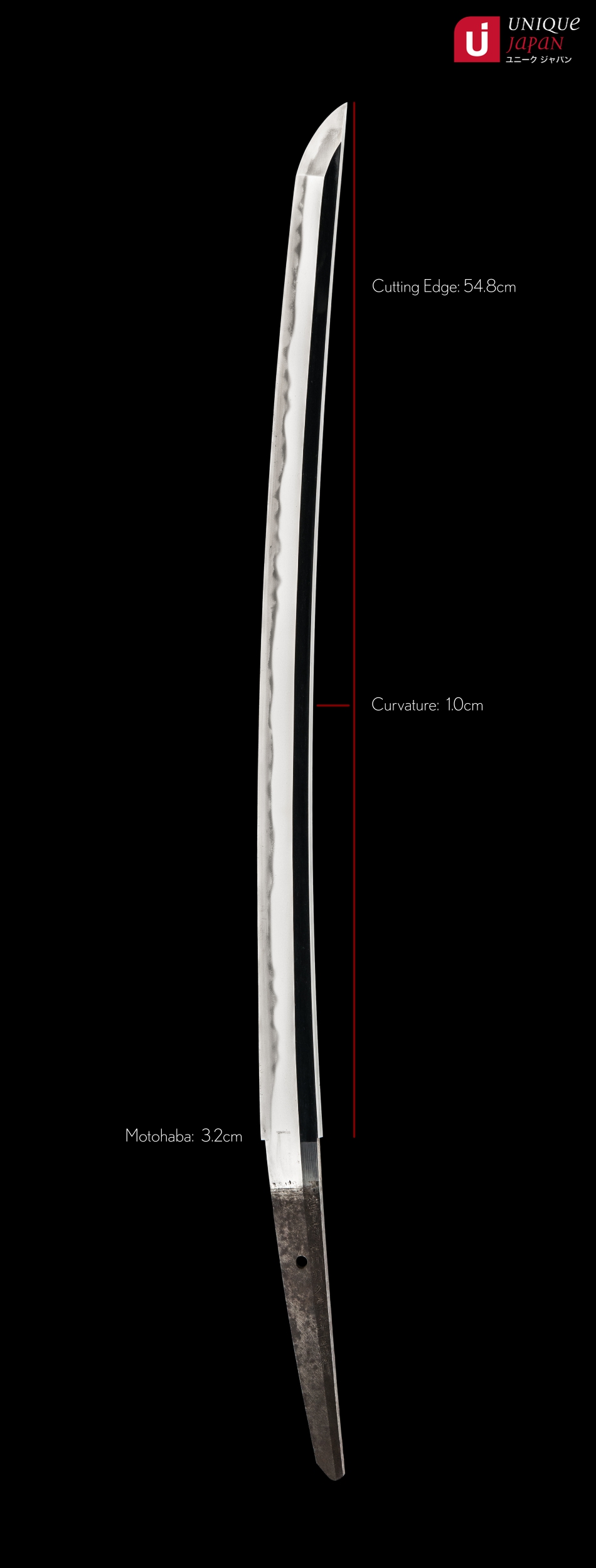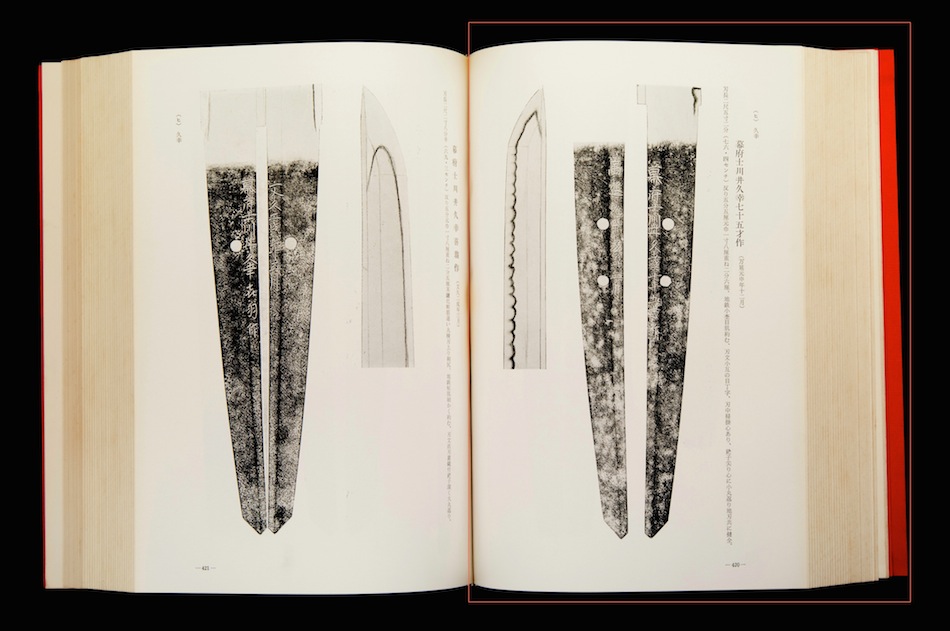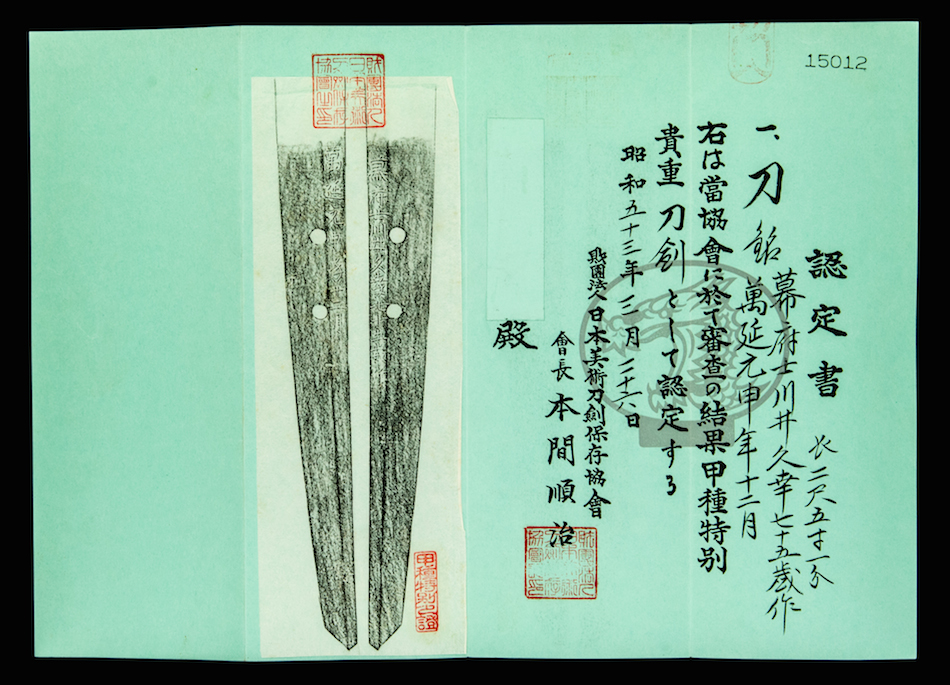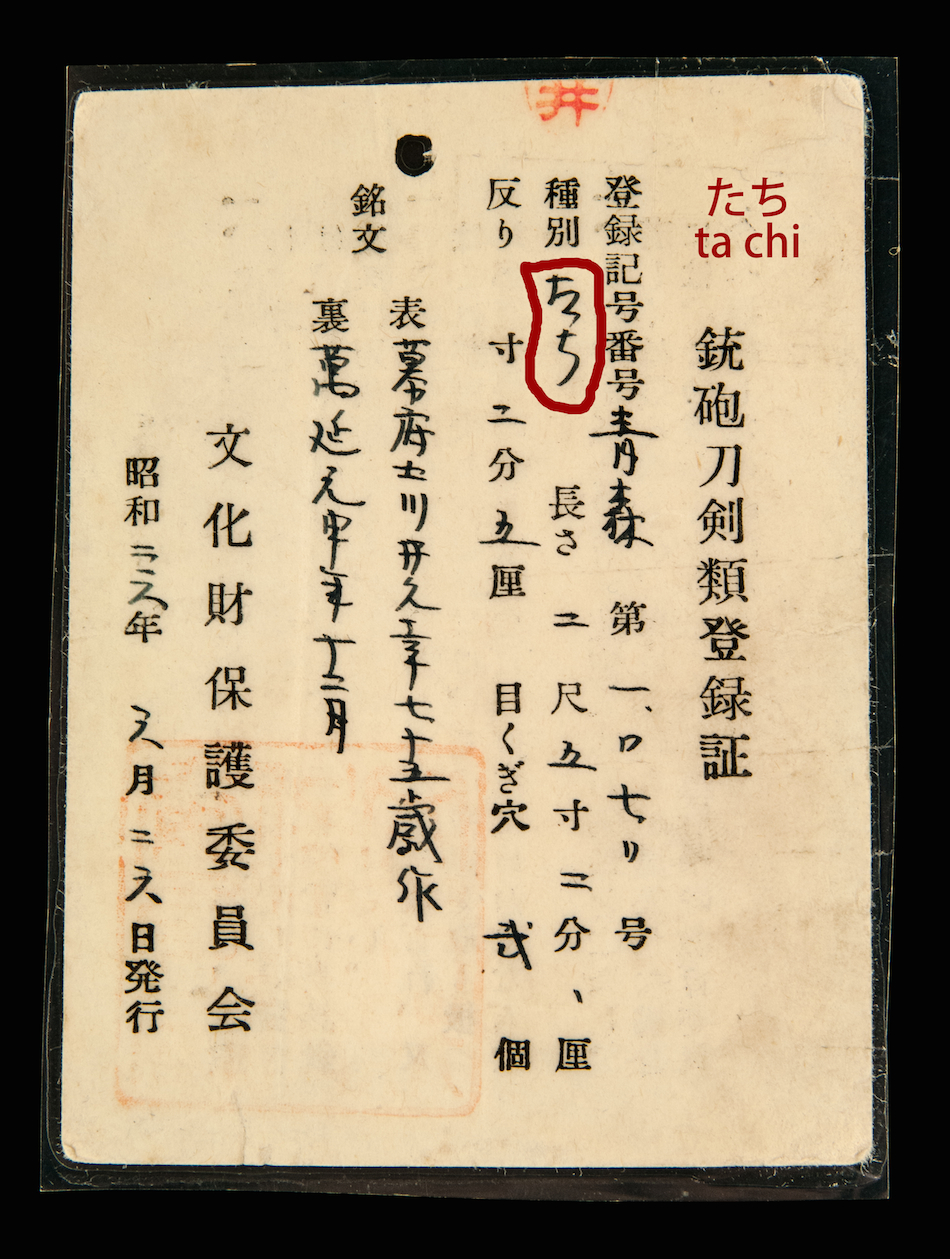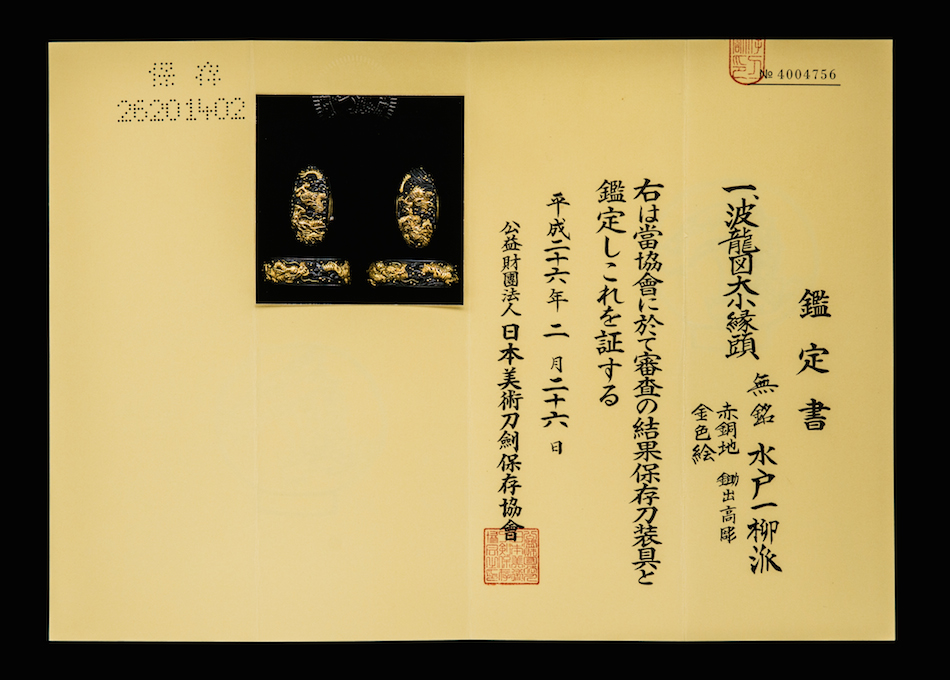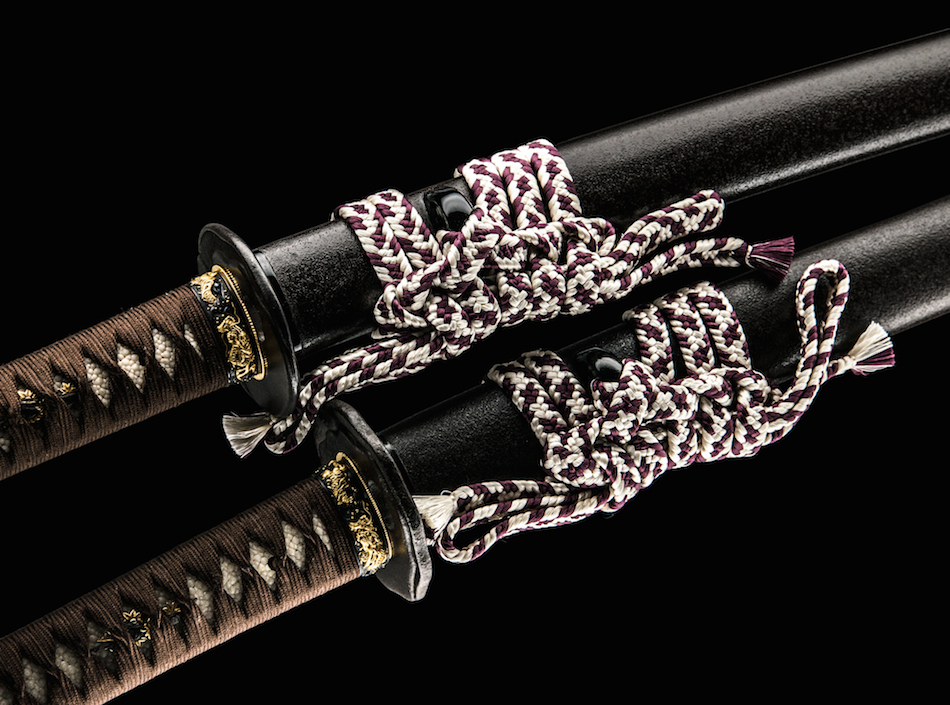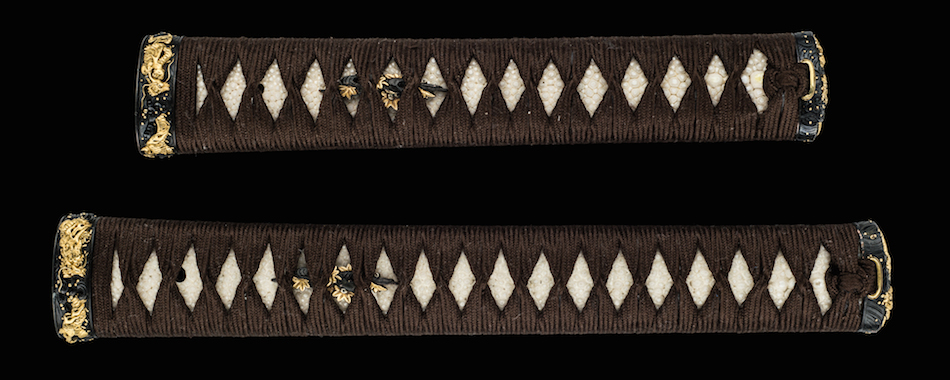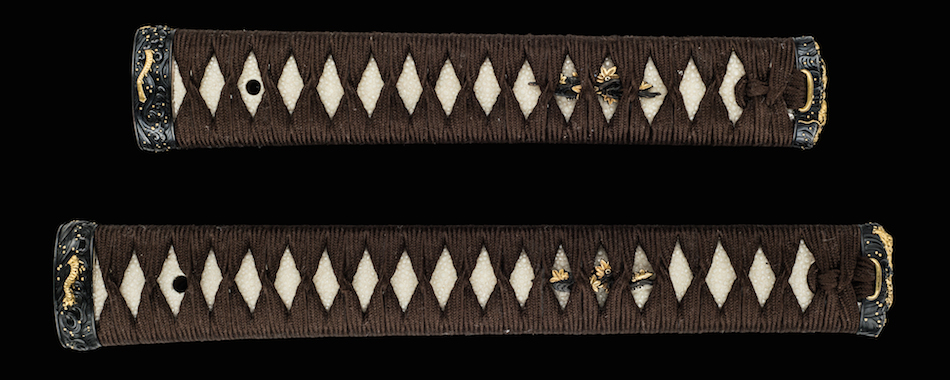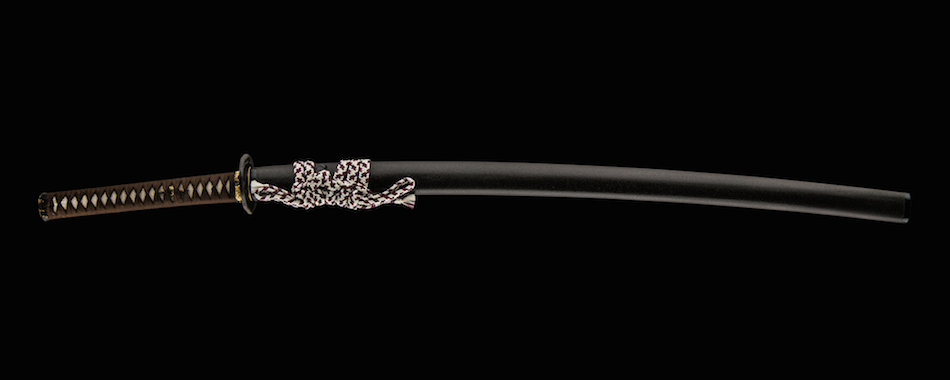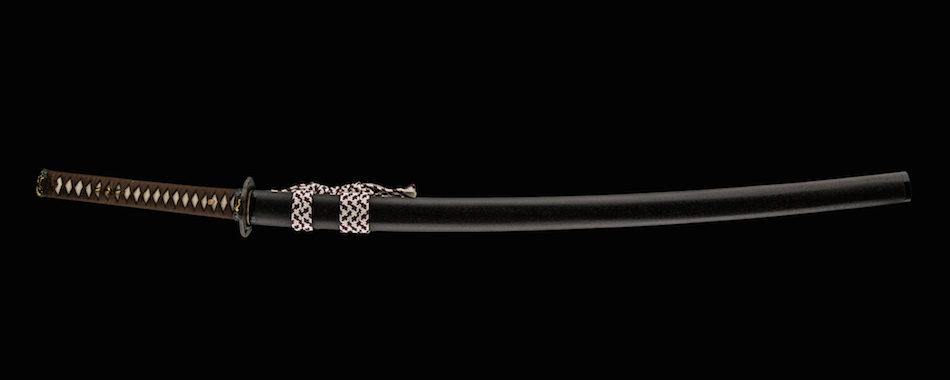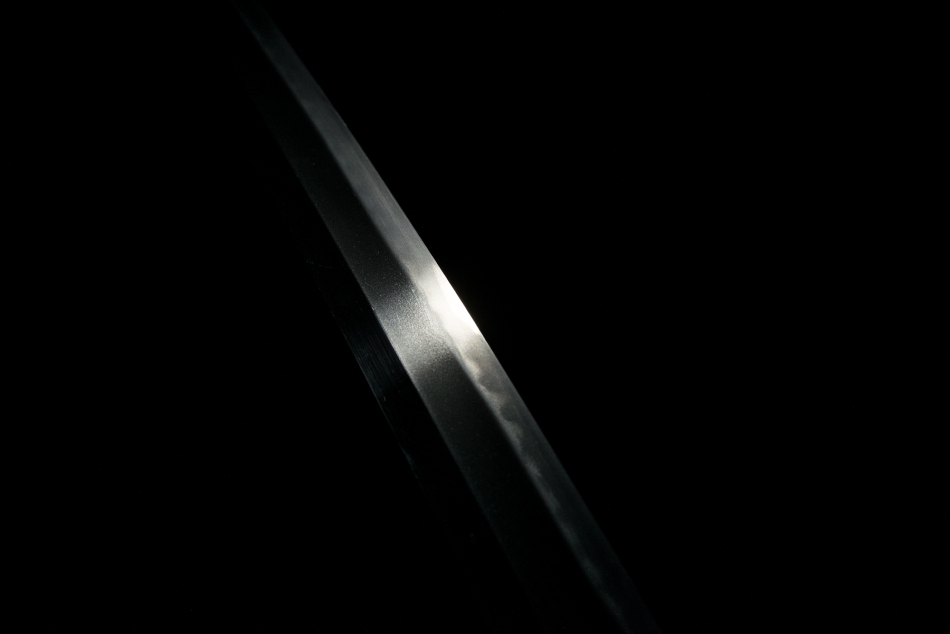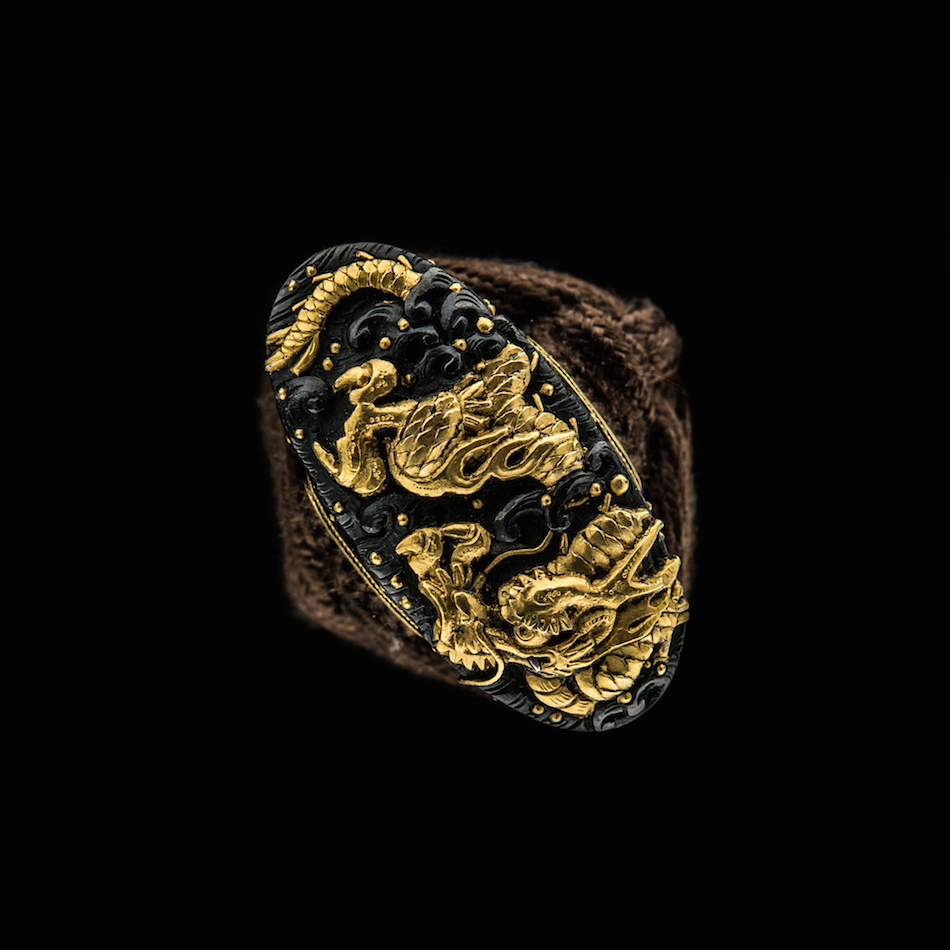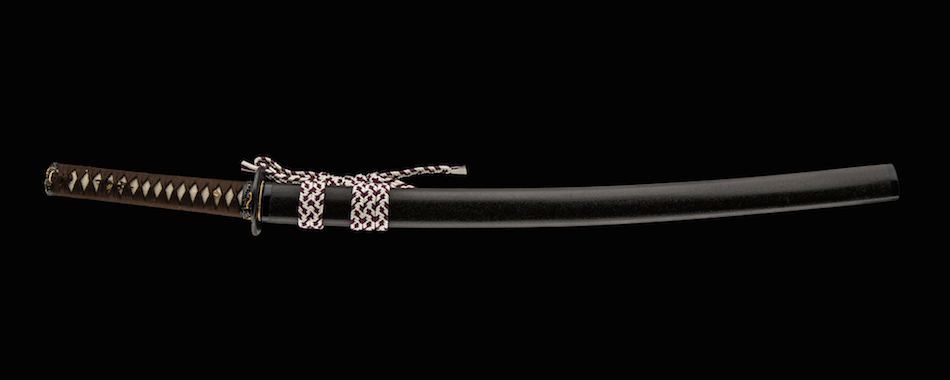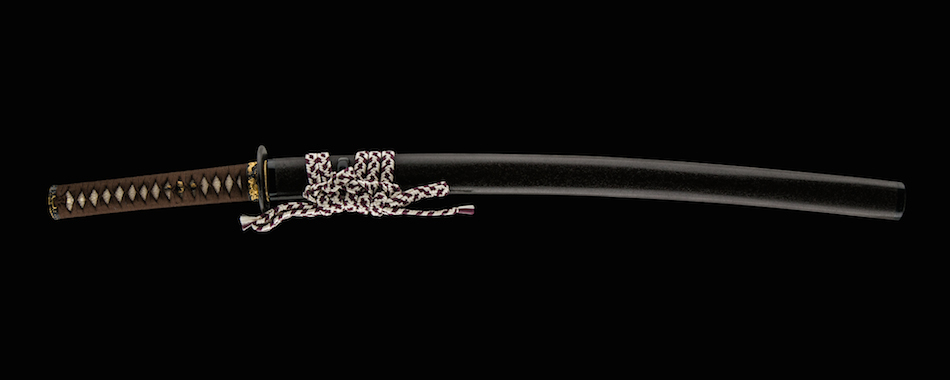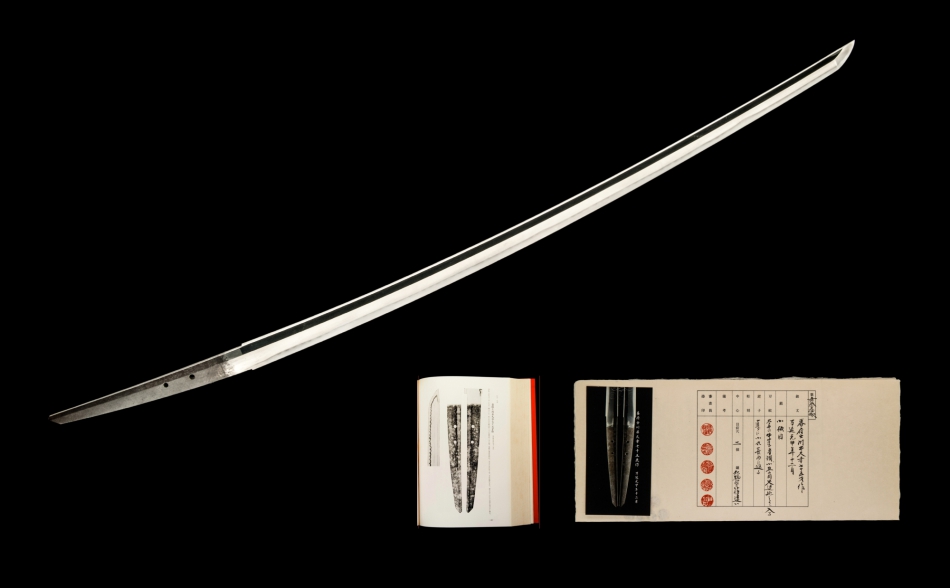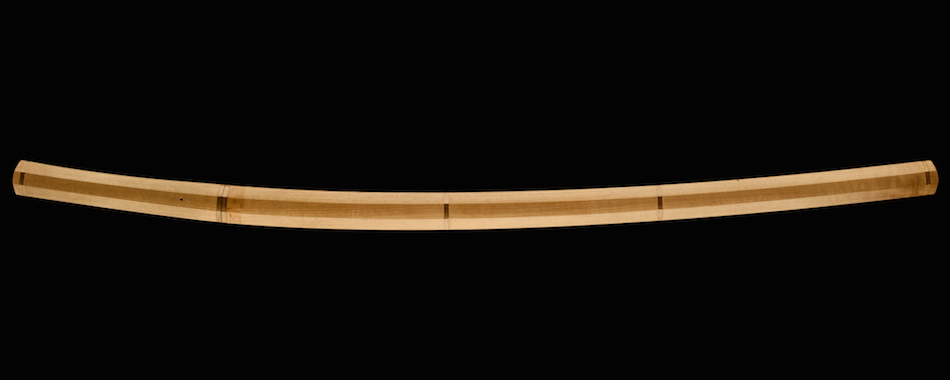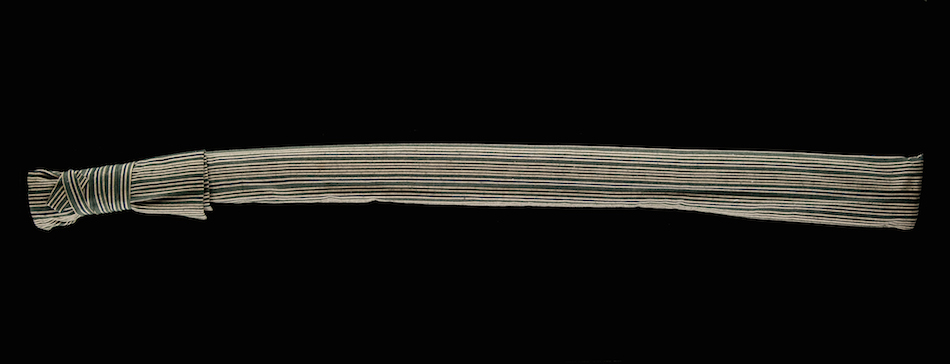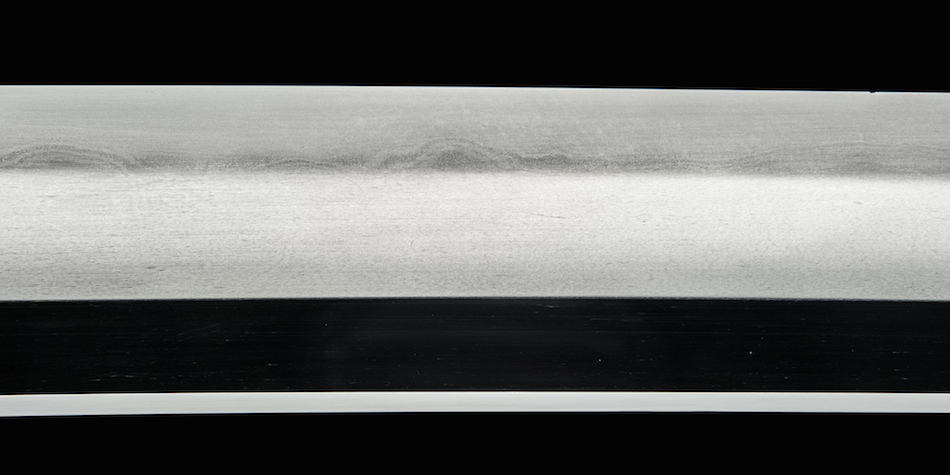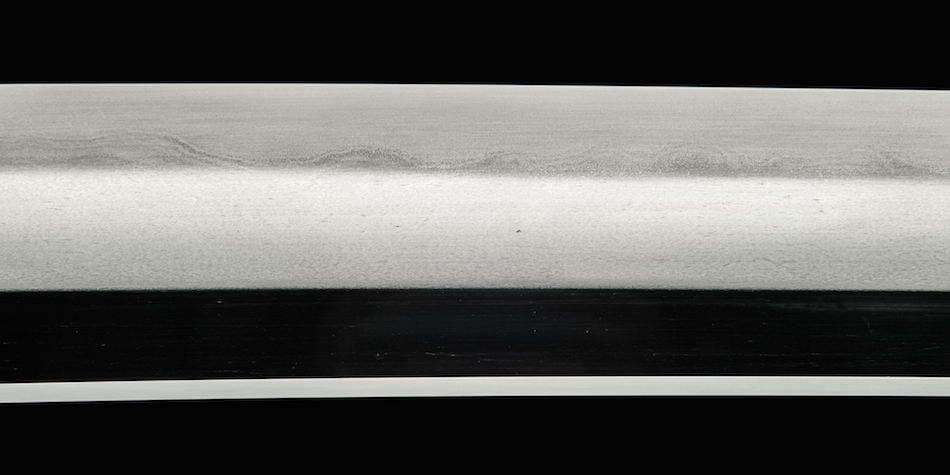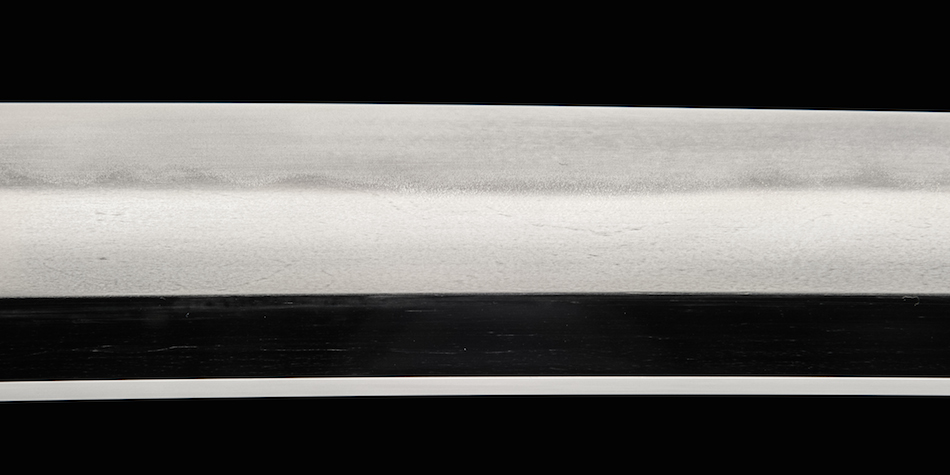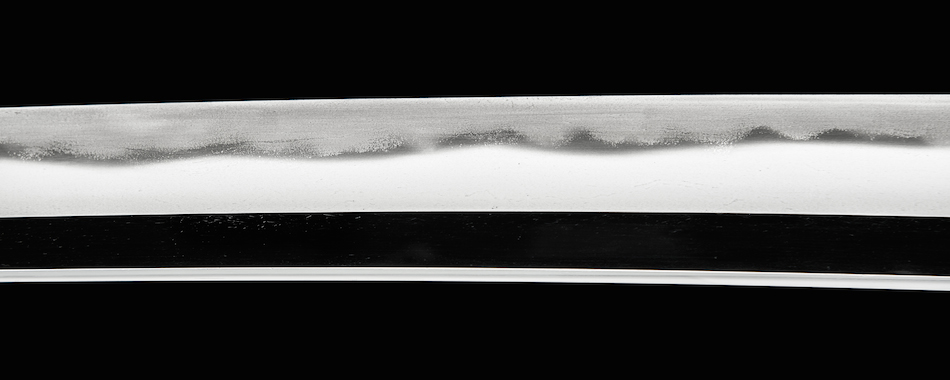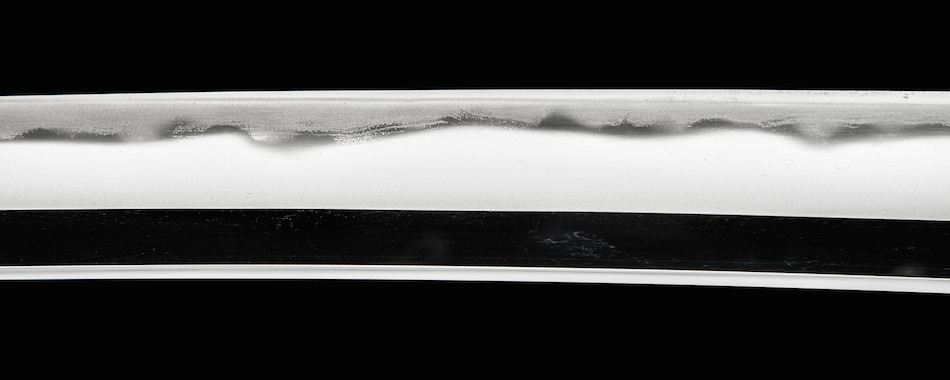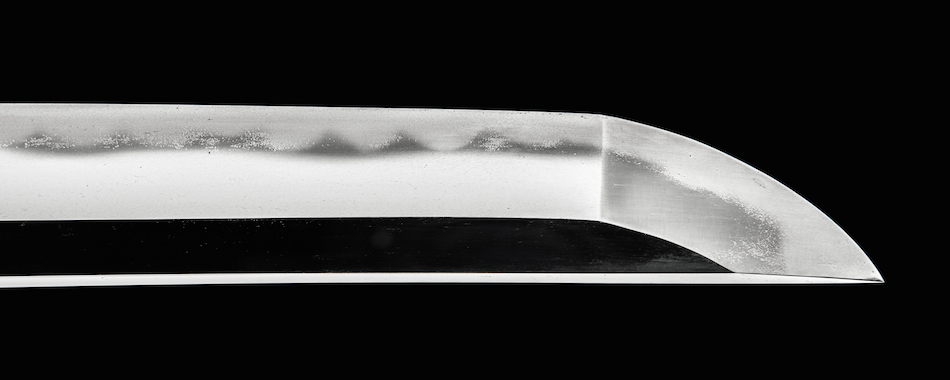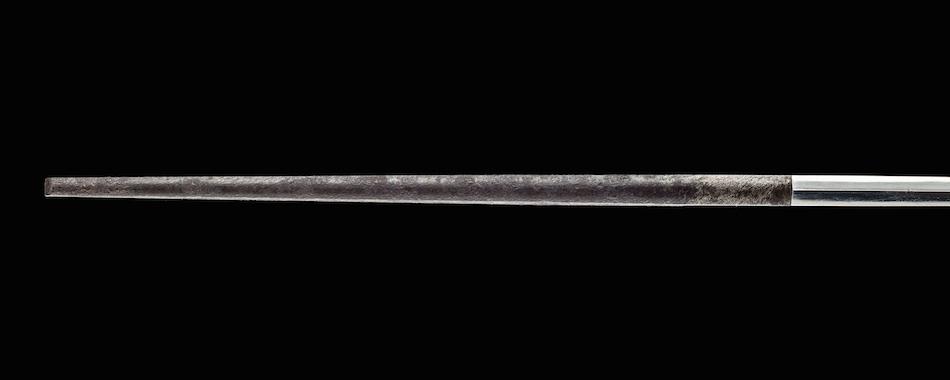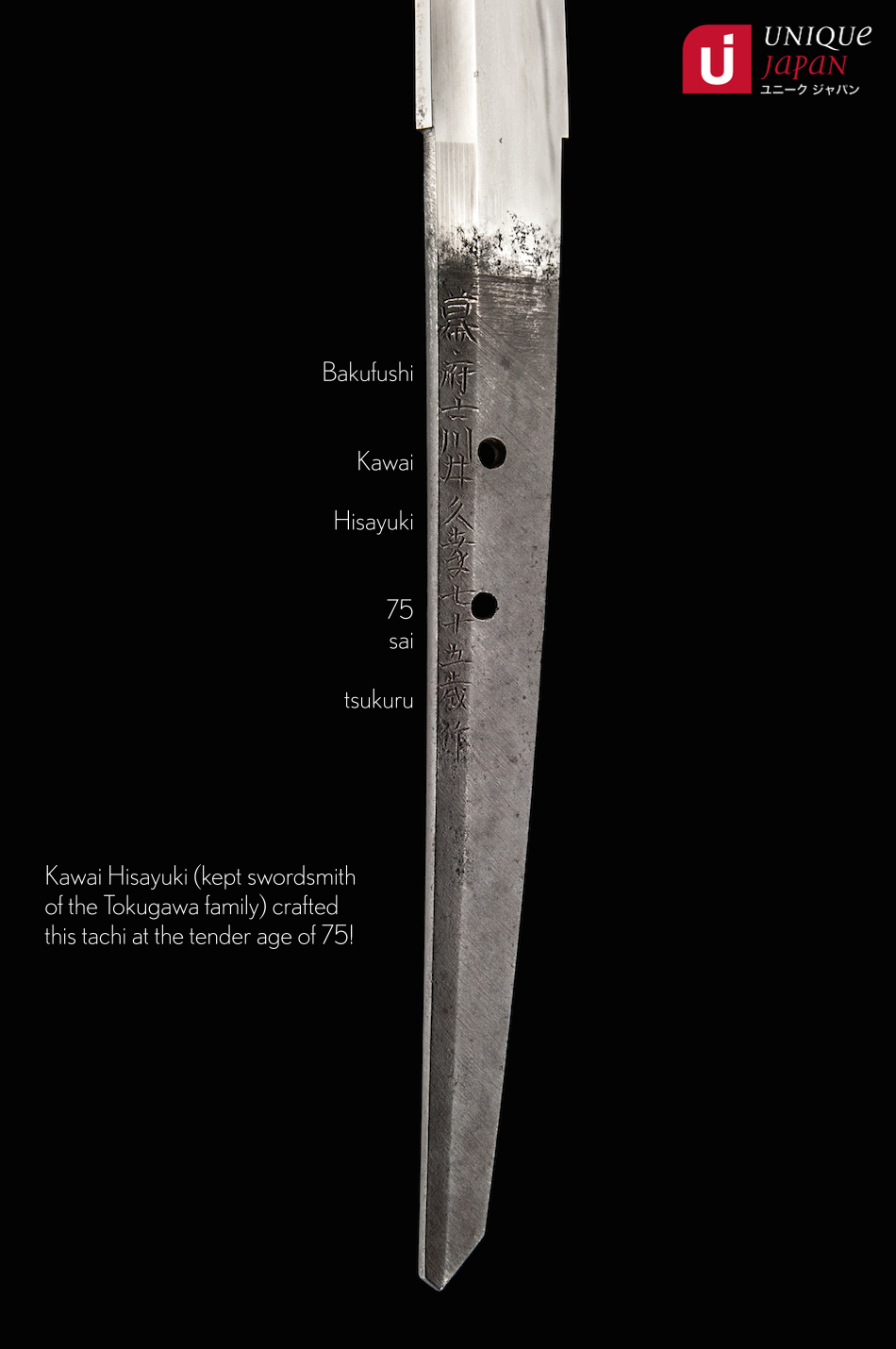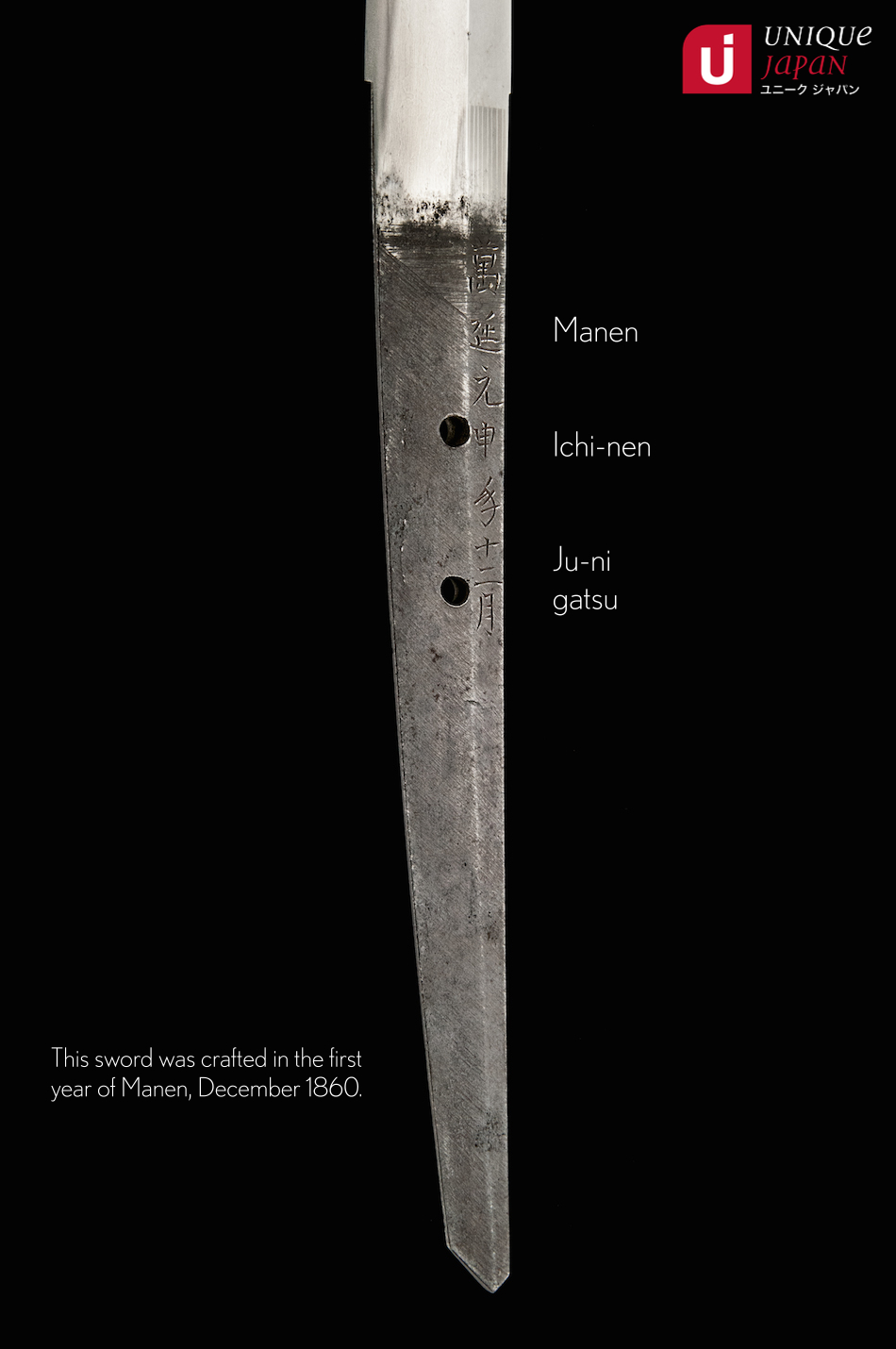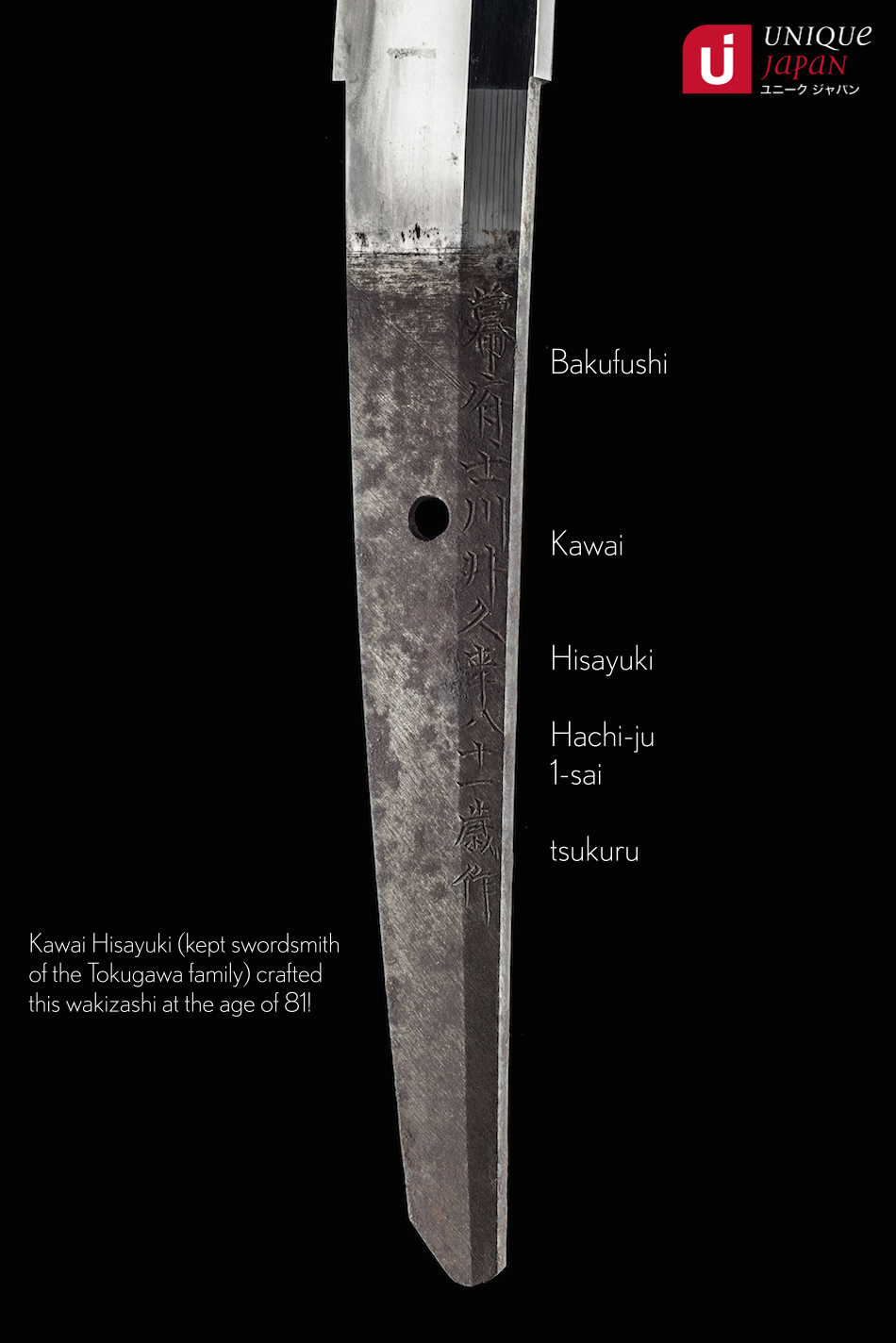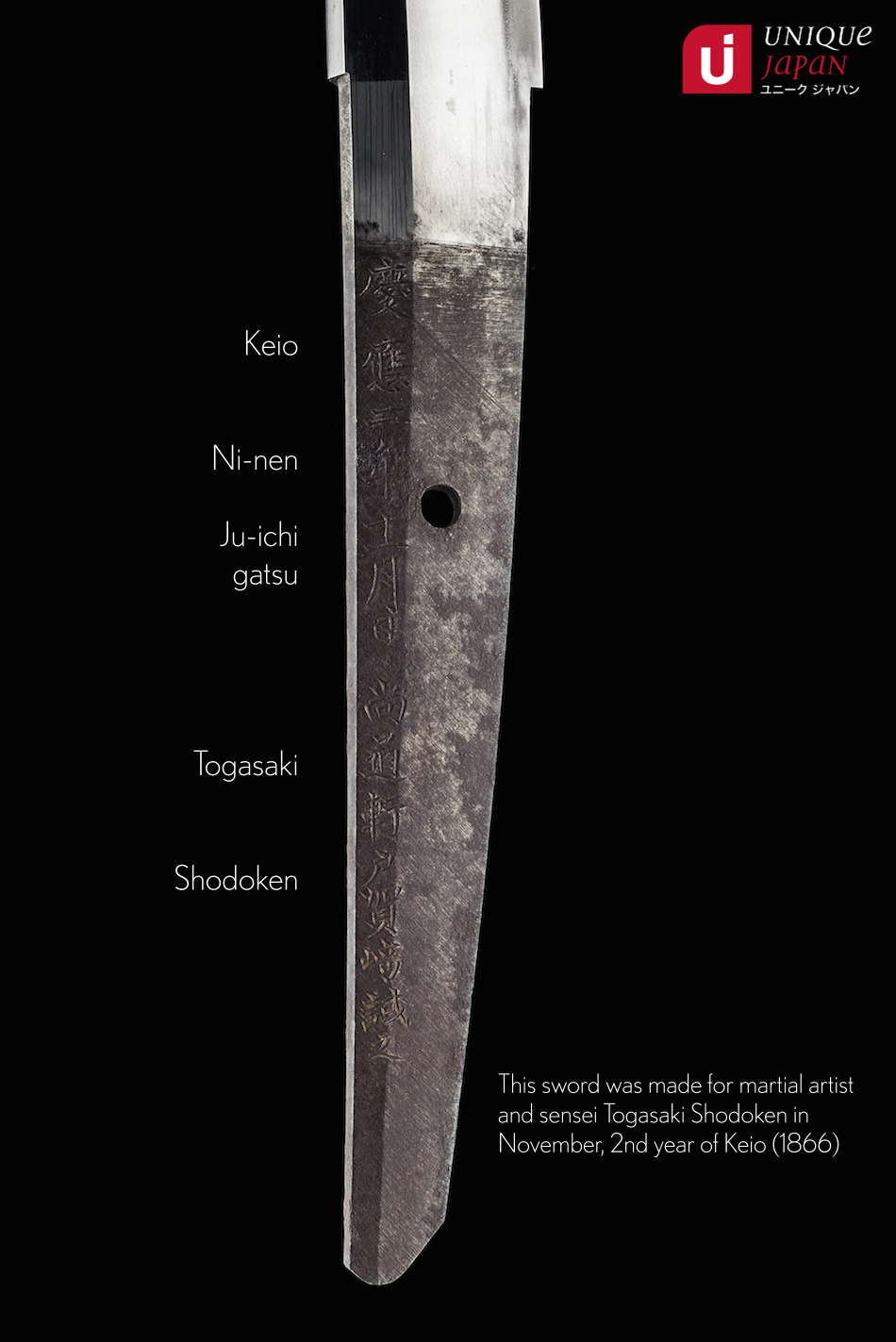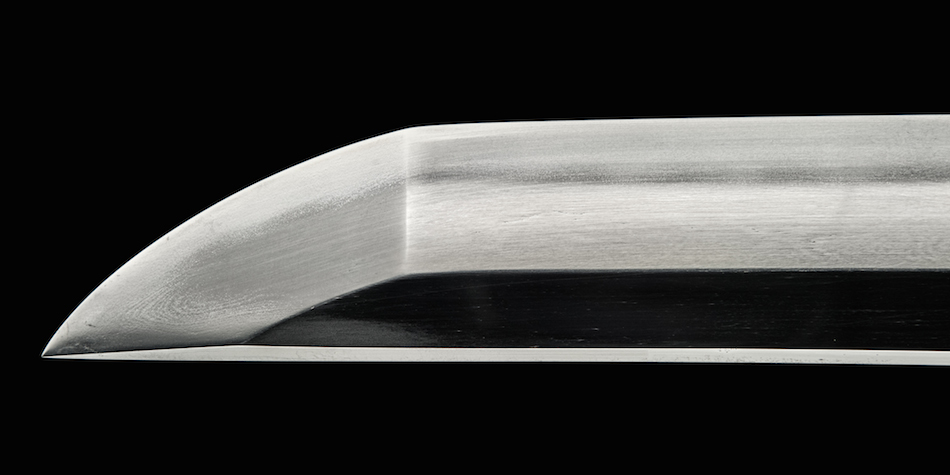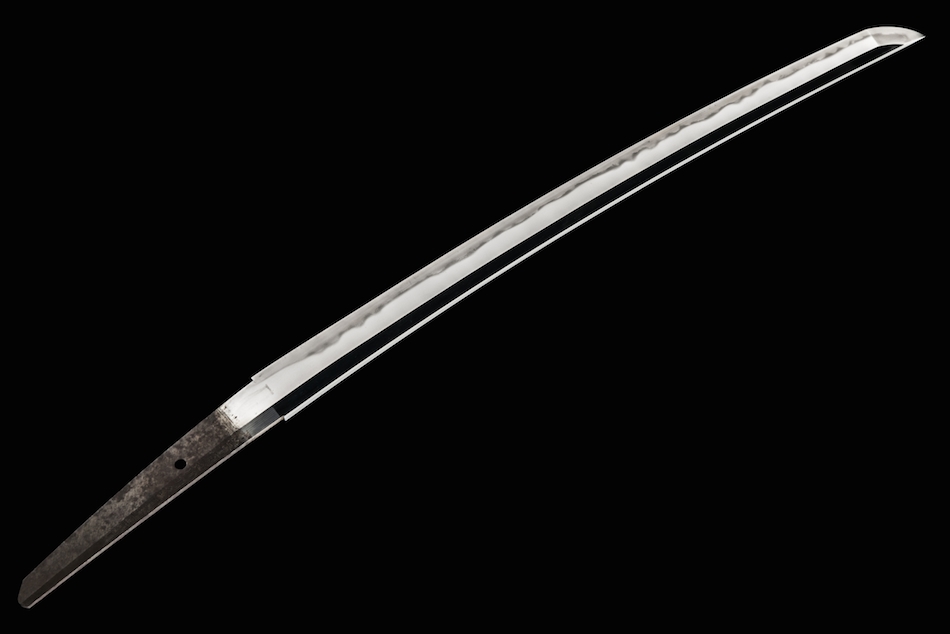A BAKUFUSHI KAWAI HISAYUKI DAISHO
Overview
Hisayuki was a retained swordsmith (in fact he was a Samurai) for the Dai Tokugawa Family in Edo Bafuku (government). He worked exclusively for the Shogunate, the absolute leader of Japan. He was clearly a man of stature.
Hisayuki’s civilian name was Kawai Kametaro and was born in Tenmei five (1785). He first studied under Nakayama Ikkansai Yoshihiro. He later apprenticed under the watchful eye of Hisayoshi who was a top student of Hosokawa Masayoshi. Masayoshi was a star student of the great master Suishinshi Masahide.
This project will always be a very memorable one for both my first client in the Netherlands and I. The journey began back in 2013 when the client decided upon a splendid tachi crafted in 1860 by Hisayuki when he was a young man of 75.
The sword is so good that it was listed in the Shinshinto Taikan by Iimura. This is THE reference book of the top swords from the Shinshinto period. We managed to track down a copy of the book which he owns today.
Originally we were going to build a daisho with a wakizashi by another top swordsmith when a couple months down the line, as luck would have it, a wonderful wakizashi by Hisayuki surfaced.
From that point on, a pure daisho (two swords by the same smith) was about to be formed.
The wakizashi, by the way, was made even LATER in his life, in 1866 when Hisayuki was 81 years old. It was crafted for Togasaki Shodokan, a master martial artist.
Togasaki’s name is, in fact, chiseled on the nakago. It would have been one of Hisayuki’s last swords.
Shinshinto period (1781 to 1868) swords, like all Japanese swords, are unique in their own way. They are special in the fact they represent a time when swordsmiths were inspired by the great artists of the Koto period (Heian, Kamakura, Nambokucho, swords from the 12th to 14th century).
As such, there was a restoration movement called “fukkoto” spearheaded by Suishinshi Masahide to reproduce the classics of centuries past.
The tachi of this daisho is exactly that, a sword that was inspired by the Yamato tradition of the 13th and 14th century. Beautiful tight ko-mokume and masame hada with a ko-gunome hamon (a temper line that oscillates neatly along the blade).
Hisayuki is known for forging swords so tightly that the grain verges on muji-hada (a jihada that appears without a grain pattern)
The fittings for the daisho were carefully chosen over many months. A particular challenge was to find a fuchi (collar) large enough to support the tachi and wakizashi’s wide moto-haba (width at the point where the cutting edge begins) .
In the end, a wonderfully thoughtful and elegant set of daisho fittings were sourced. The tsuba (guards) depict the revered shitake mushrooms, the fuchi-kashira (collar/pommel) are of well stylized dragons from the Mito Ichiyanagi School with NBTHK Hozon papers and Goto School set menuki (ornamental grips) of leaves floating along a river.
Everything was pulled together into two dark scabbards in an ishime (stone) lacquered finish.
Both swords have reached very high degrees of certification. The tachi has achieved NBTHK Koshu Tokubetsu Kicho Token (the rare blue paper that signifies the sword to be extraordinarily precious) along with prestigious NTHK-NPO Yushusaku (Highly Excellent Sword), the greatest honour at the NTHK-NPO.
The wakizashi has also been certified Yushusaku and has attained NBTHK Tokubetsu Hozon papers.
Swordsmith Hisayuki was a loyal gentleman that encapsulates the greatness of the Shinshinto period. He produced a large number of fine swords including many yari (spear) with a particular speciality in jumonji-yari.
He even crafted a 368.5cm long odachi and dedicated to the Atsuta Shrine (scroll down for image).
Hisayuki died in September 1868 at the age of 83. This is a date worth noting as this is exactly to the month that the Meiji Period began.
Such a tectonic shift from centuries of shogunate feudal rule to its now modern form was clearly too much for his soul to bear…
This daisho is a class act that pays tribute to a life well lived. Congratulations AR. ;)
Pablo Kuntz
Founder, Unique Japan
Founder, Unique Japan
*Photos by Eric Bossick for Unique Japan
Interested in Ownership of an Antique Japanese Sword?
If owning an authentic Japanese Samurai sword is of interest to you and your family, we would be honoured to serve you.
To visitors in Japan…
If you have the pleasure of living in Japan or visiting the country, we recommend that you come to one of our upcoming sword shows or schedule a private VIP meeting with us.
VIP meetings are normally held near JR Ebisu station in Tokyo at a hired gallery space. We can also arrange visits to a company office, hotel, near the airport or at a private residence.
To visitors around the world…
To those exploring our collection online, be sure to download our catalogue of available swords here.
We completely respect the fact it takes a HUGE leap of personal FAITH in us to commit to a particular sword given the reliance on photos and descriptions for such a highly valued item.
It is our PROMISE to address all your questions to the best of our ability. It’s important to us that you feel completely confident that the sword you choose (and that chooses you) is destined for you and your family.
You can also take reassurance that ALL swords from Unique Japan are GUARANTEED AUTHENTIC and come with a 3-DAY WORRY FREE inspection period upon arrival to your home.
Legal Exportation from Japan
Yes, it is completely legal to own a genuine antique Japanese sword (even those that are several hundreds of years old). Unique Japan specialises in all proper legal compliances so that swords can be exported from Japan.
All required paperwork is provided free of charge for clients.
All required paperwork is provided free of charge for clients.
Unique Japan has safely sent well over 300 swords FROM Japan to immensely proud owners all around the world.
We look forward to making your dream of owning an authentic Japanese sword a reality for you.
Popular Pages of Interest
→ 7 Points to Consider when Choosing your Japanese Sword
→ 5 Steps to Owning an Authentic Japanese Samurai Sword
→ Download catalogue of currently available Japanese swords
→ Building your own custom koshirae and daisho, recommended!
→ PARTS of a Japanese Sword and Mountings (High-quality images)
→ 7 reasons WHY I love Japanese swords
→ Resource Information on Japanese Swords
→ NBTHK Certification Paper Ranking for Japanese Swords
→ NTHK-NPO Certification Paper Ranking for Japanese Swords
→ 5 Steps to Owning an Authentic Japanese Samurai Sword
→ Download catalogue of currently available Japanese swords
→ Building your own custom koshirae and daisho, recommended!
→ PARTS of a Japanese Sword and Mountings (High-quality images)
→ 7 reasons WHY I love Japanese swords
→ Resource Information on Japanese Swords
→ NBTHK Certification Paper Ranking for Japanese Swords
→ NTHK-NPO Certification Paper Ranking for Japanese Swords



